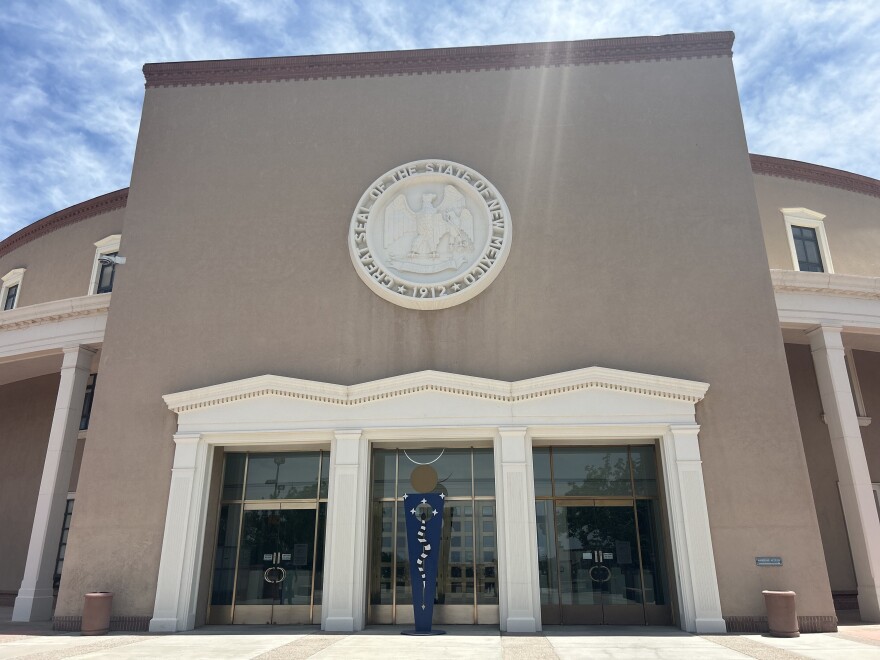County and Tribal health councils are mandated by state law, but unless they get more funding in the legislative session, most of their operating budgets will disappear. One bill aims to prevent that.
Health councils were written into New Mexico law over 30 years ago as a way to help manage public health resources across the state. Valeria Alarcón with the New Mexico Alliance of Health Councils said they fill a gap, especially in underserved, rural communities.
“I am not being hyperbolic,” she said. “Health councils are literally the lifeline between our community members and the critical resources that they need.”
The state’s 42 councils, which cover every county, have largely relied on federal COVID-19 relief funds over the last few years. That has allowed them to play a large role in mitigating the spread of the virus in underserved communities. Those funds are set to dry up this spring.
“I'm always taken aback by the fact that the first things that states or the government, in this case state or federal, tends to cut back on are the essential services that a community needs the most,” Alarcón said.
Rep. Anthony Allison (D-Fruitland) is sponsoring HB67, which would make up that funding loss with $6.6 million. He sponsored a similar bill that died in last year’s legislative session.
That funding would go towards covering salaries, travel and supplies. It would also allow health councils to contract with a nonprofit to provide training, technical assistance and help in creating an evaluation system.
Currently, each council gets about $65,000 annually, and $50,000 of that comes from the federal government. If the bill doesn’t pass, the councils will only receive $15,000 each.
Alarcón said about half of the councils, especially those in more populated areas, have access to outside funding that could help soften that blow, but the rest will have to make big cuts to their work.
This coverage is made possible by the W.K. Kellogg Foundation and KUNM listeners.





